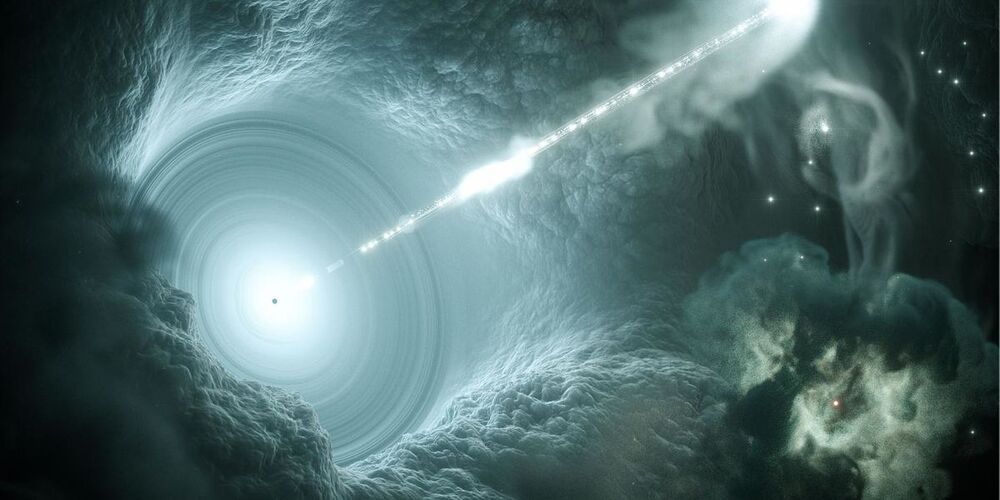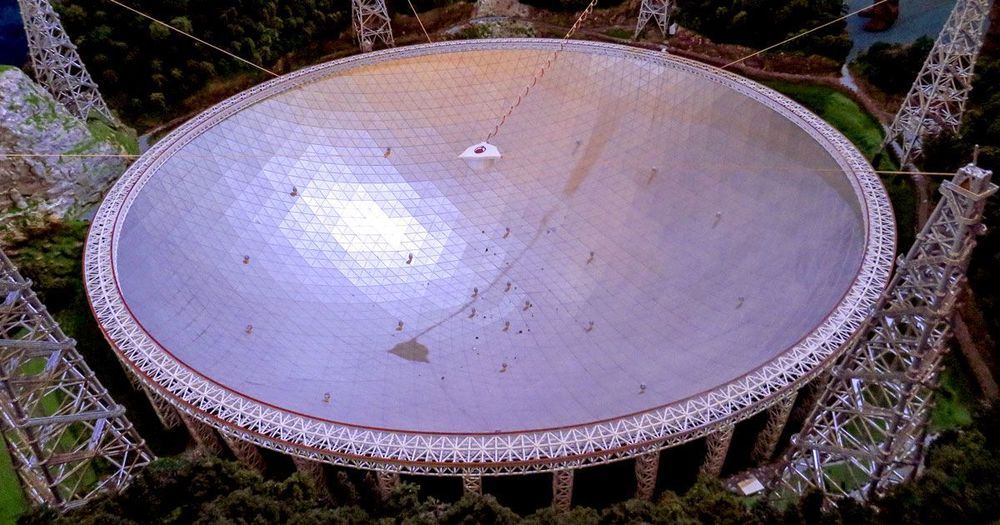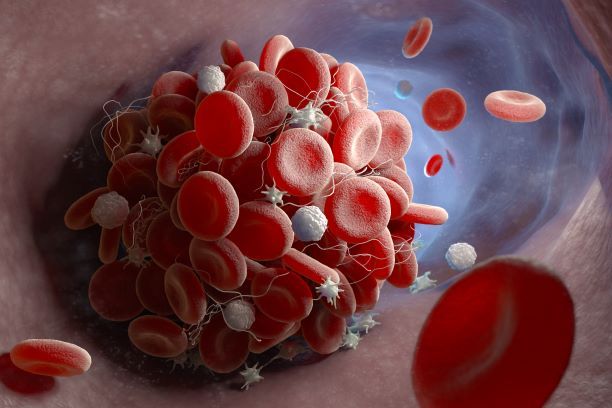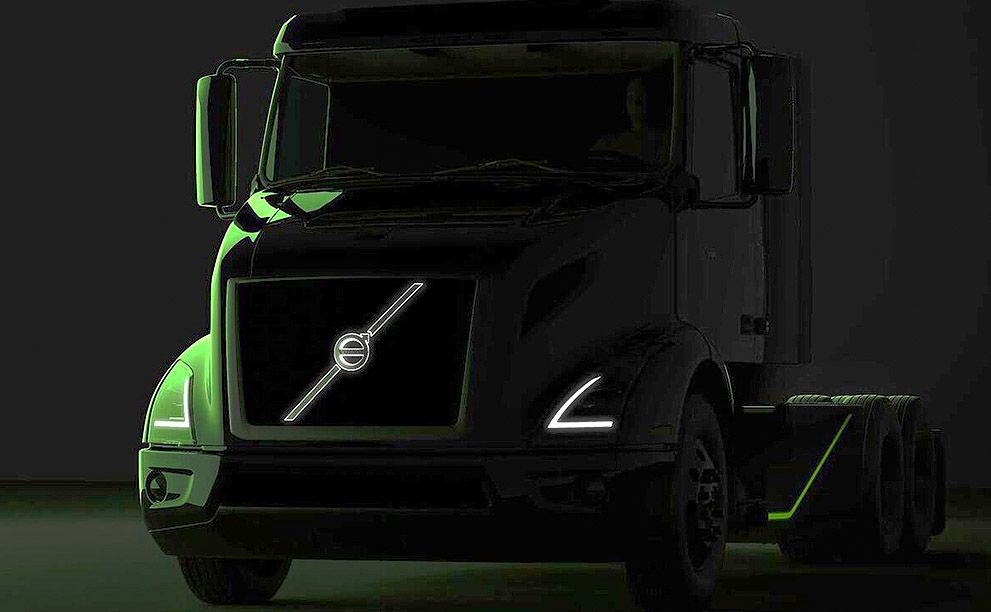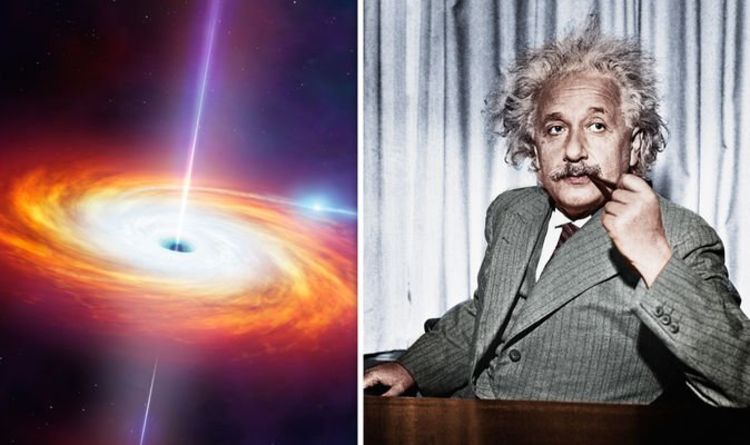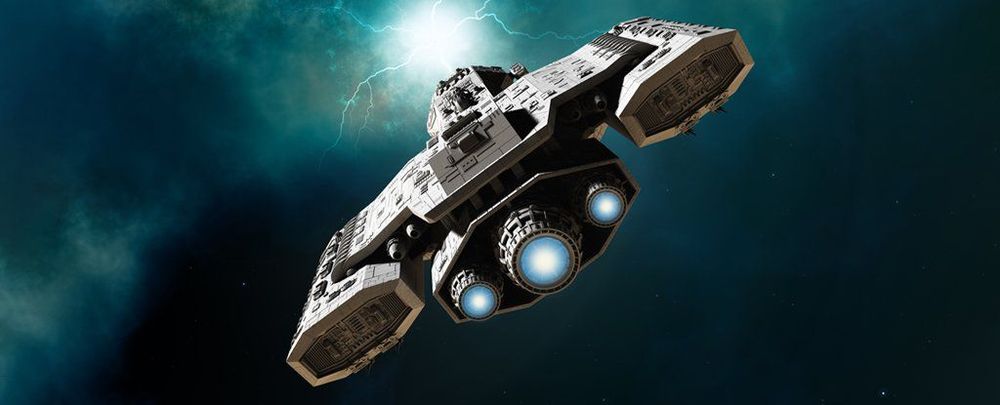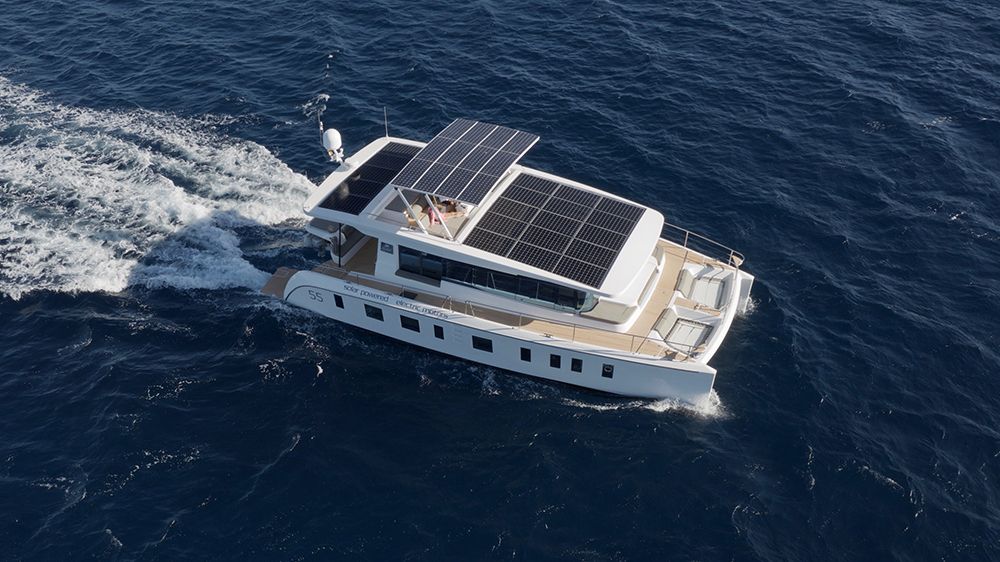Some people wonder if time really exists. Here are arguments for and against the existence of time, from a physicist’s perspective.
Page 7379
Sep 25, 2019
Astrophysicists: gamma-ray jets exceed the speed of light
Posted by Quinn Sena in category: futurism
Scientists find that bursts of gamma rays may exceed the speed of light and cause time-reversibility.
Sep 25, 2019
China Opens Up Ginormous Alien-Hunting Telescope
Posted by Michael Lance in category: alien life
It’s the biggest single-dish radio telescope in the world, spanning the length of 30 soccer fields.
Super Sensitive
The telescope has also detected hundreds of fast radio bursts from a single known source, many of which were too faint to pick up by other telescopes, according to Nature. It could even spot distant exoplanets by their radio emissions alone — something that has yet to be successfully done.
Continue reading “China Opens Up Ginormous Alien-Hunting Telescope” »
The scientists suggest that bacteriophages are part of a tripartite interaction of host organism, bacteria and bacteriophages, where they provide mechanisms for maintaining symbiotic co-existence.
While viruses are typically known for their pathogenic properties, new research findings now also demonstrate a positive influence of bacteriophages on the interaction of host organisms with bacteria. A new study sheds new light on the symbiosis between multicellular organisms and their microbial communities, which may be regulated by bacteriophages in a tripartite relationship.
Close.
Sep 25, 2019
Cellular senescence is associated with age-related blood clots
Posted by Paul Battista in categories: biotech/medical, life extension, neuroscience
Cells that become senescent irrevocably stop dividing under stress, spewing out a mix of inflammatory proteins that lead to chronic inflammation as more and more of the cells accumulate over time. Publishing in the September 24 edition of Cell Reports, researchers at the Buck Institute identified 44 specific senescence-associated proteins that are involved in blood clotting, marking the first time that cellular senescence has been associated with age-related blood clots.
“The incidence of venous thrombosis, which includes deep vein thrombosis and pulmonary embolism is extremely low until the age of 45, when it begins to rise rapidly. Over time it becomes a major risk factor for death. By 80, the condition affects five to six people per thousand individuals,” said Judith Campisi, PhD, Buck professor and senior co-author of the study. “Blood clots are also a serious side effect of chemotherapy, which sets off a cascade of senescence in those undergoing treatment. That’s why blood thinners, which carry their own risks, are often included in treatment protocols.”
Scientists in the Campisi lab and other labs around the world are working to develop senolytics, drugs which would clear senescent cells from the body, potentially providing treatment options for many age-related diseases that are either caused or linked to senescence. They include Alzheimer’s and Parkinson’s diseases, cardiovascular disease, osteoarthritis, macular degeneration, age-related cancers and sarcopenia, among others.
Sep 25, 2019
Rejuvenation: In this issue of Cell, Baar et al
Posted by Paul Battista in category: life extension
In this issue of Cell, Baar et al. show how FOXO4 protects senescent cell viability by keeping p53 sequestered in nuclear bodies, preventing it from inducing apoptosis. Disrupting this interaction with an all-D amino acid peptide (FOXO4-DRI) restores p53’s apoptotic role and ameliorates the consequences of senescence-associated loss of tissue homeostasis.
Sep 25, 2019
Volvo Plans Big Electric Trucks for Local, Regional Hauls
Posted by Shailesh Prasad in category: transportation
Most EV attention focuses on cars and SUVs, but medium and large electrified trucks for local and regional deliveries are coming to market, too, including from Volvo.
Sep 25, 2019
Black hole breakthrough: Einstein theory tabled after scientist claims light CAN escape
Posted by Quinn Sena in categories: cosmology, education
A SCIENTIST tabled an alternative theory on black holes during a documentary, building on Albert Einstein’s general relativity theory to claim it is possible to escape, “like a science fiction story”.
Sep 25, 2019
Scientists Are Starting to Take Warp Drives Seriously, Especially One Specific Concept
Posted by Quinn Sena in categories: physics, space travel
It’s hard living in a relativistic Universe, where even the nearest stars are so far away and the speed of light is absolute. It is little wonder then why science fiction franchises routinely employ FTL (Faster-than-Light) as a plot device.
Push a button, press a petal, and that fancy drive system – whose workings no one can explain – will send us to another location in space-time.
However, in recent years, the scientific community has become understandably excited and skeptical about claims that a particular concept – the Alcubierre Warp Drive – might actually be feasible.
Sep 25, 2019
This New Solar-Powered Catamaran Has Unlimited Range and Is Completely Silent
Posted by Omuterema Akhahenda in category: sustainability
Thanks to solar-powered propulsion and household (meaning no generators are required to run the lights, air conditioning, etc.), and with electric propulsion when needed, the 56-foot catamaran has unlimited range, no noise or fumes, minimal vibration and is virtually maintenance-free. It’s smooth and serene cruising at its best where both the environment and owner’s enjoyment come first. And operation costs are kept to a minimum, too.

